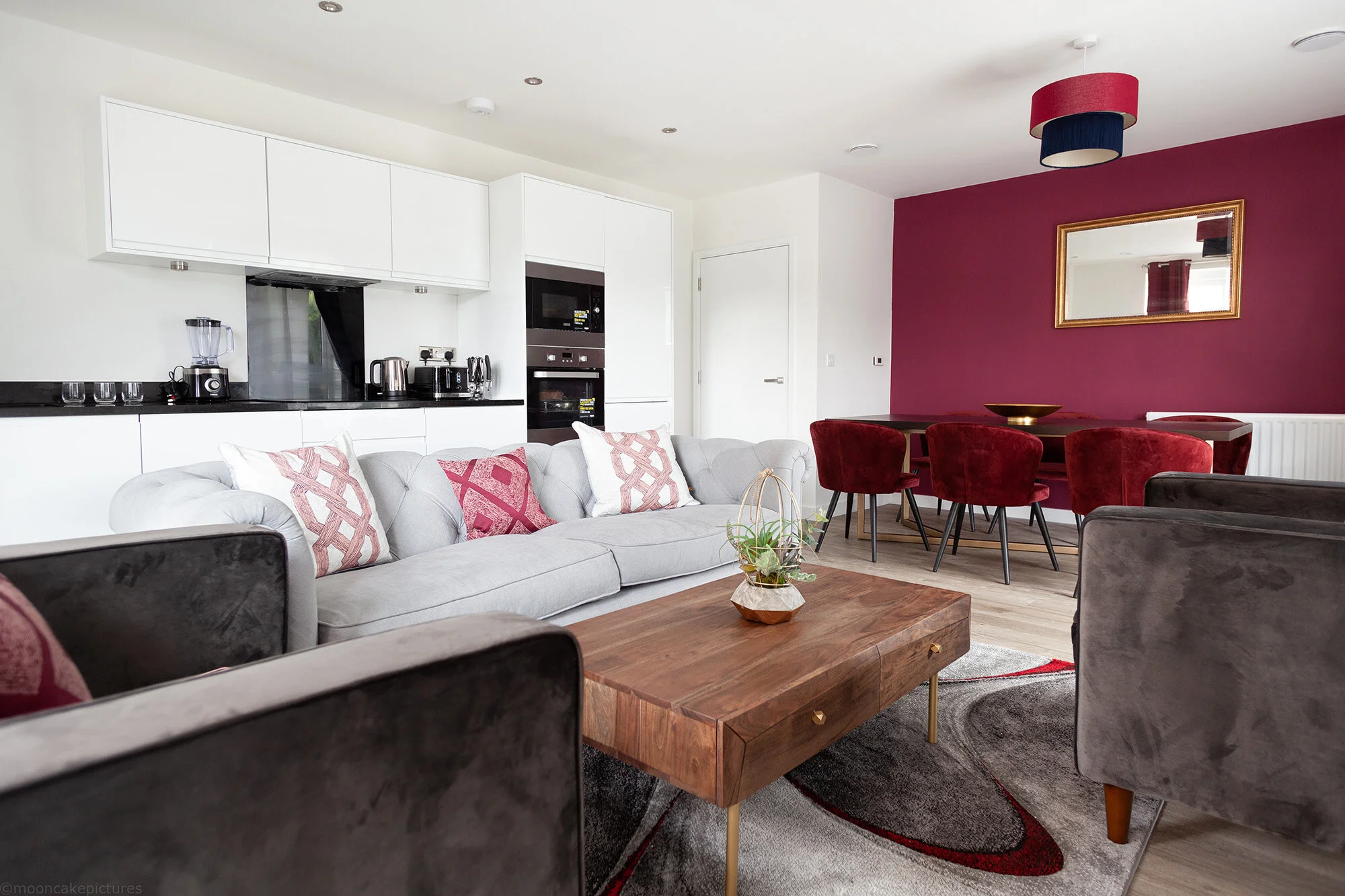How Good Interior Design Improves Your Mental Well Being
How a certain space is designed affects our mood in different ways. Have you ever entered a building and felt uneasy, uncomfortable, irritated, or drained? There’s actually a term for that, and it is called “sick building syndrome.” You get this unwanted feeling when entering a poorly-designed space. If you’ve been feeling tired and drained lately, check your environment and assess whether it might be the culprit of your mood.
Interior design can significantly improve mental well-being by creating a comfortable and visually pleasing environment that promotes relaxation and a sense of calm. Using certain colours, natural light, plants, and textures can contribute to a positive mood and reduce stress and anxiety. Here are 5 elements that can make interiors better.
Use Of Colour
Certain colours have been shown to have a positive impact on mood. Using color in home design is one method for enhancing mental health. It has been demonstrated that some colors can have a good effect on moods, such as blue tones that encourage emotions of calm and tranquility or yellow tones that increase feelings of happiness and optimism. These hues can be used in a design to produce a more peaceful and serene atmosphere.
A spring clean is not only for spring. This is a great time to think about cleaning windows and getting a professional clean on the rug and sofa. Think about your fridge/freezer and oven—dust down awkward corners such as the top of cupboards and skirting boards. Spring cleaning or deep cleaning can make so much difference. It can brighten the ambiance of your home and even give it a newer and brighter gleam.
2.Use Of Natural Light
Natural light is also important for our overall well-being, as it helps regulate our circadian rhythms and improve our mood. Serotonin is a hormone that the brain releases more of when exposed to sunlight. Serotonin has been linked to improving mood and promoting calm and concentration. Maximising the amount of natural light in a space can create a brighter and more inviting environment that promotes feelings of positivity and well-being. So, if you have felt tired and fatigued in the past few days, try drawing out the curtains and letting natural light into your space and observe how it changes your mood.
3. Incorporating Plants
Another way interior design can improve mental well-being is by incorporating plants. Plants can improve air quality and have a calming effect on the mind, which can help to reduce feelings of stress and anxiety.
4. Creating A Clutter-Free Environment
Organising and keeping your accessories and decorations to a minimum can make a huge difference in your mood. A cluttered space can be overwhelming and contribute to feelings of stress and anxiety. When our surroundings are cluttered, it can be difficult to relax and focus on the present. A clutter-free space can help create a sense of calm and tranquility, reducing stress and anxiety.
5. Creating Comfortable And Cosy Spaces
Creating comfortable and cosy spaces can help promote feelings of relaxation and contentment. This can include soft lighting, warm colours, and cosy textiles like rugs, cushions, and blankets.
6. Personalise Your Space
Personalising your space with meaningful items, such as photographs, artwork, and other sentimental items, can create a sense of comfort and belonging.
7. Creating Different Zones
Having different zones within a home can create a sense of harmony, allowing you to relax and unwind in different areas of your home.
Taking care of your mental health should start in your home. You spend most of your time at home, and when you take care of your surroundings and ensure that everything you see is organised and visually pleasing, your mood will gradually improve. So, next time you're thinking of redecorating, remember that it's not just about making things look pretty. It’s also about creating a space that truly makes you feel good.
Need help bringing your vision to life? Book a free design consultation with us today: https://calendly.com/copperdustldn/15







